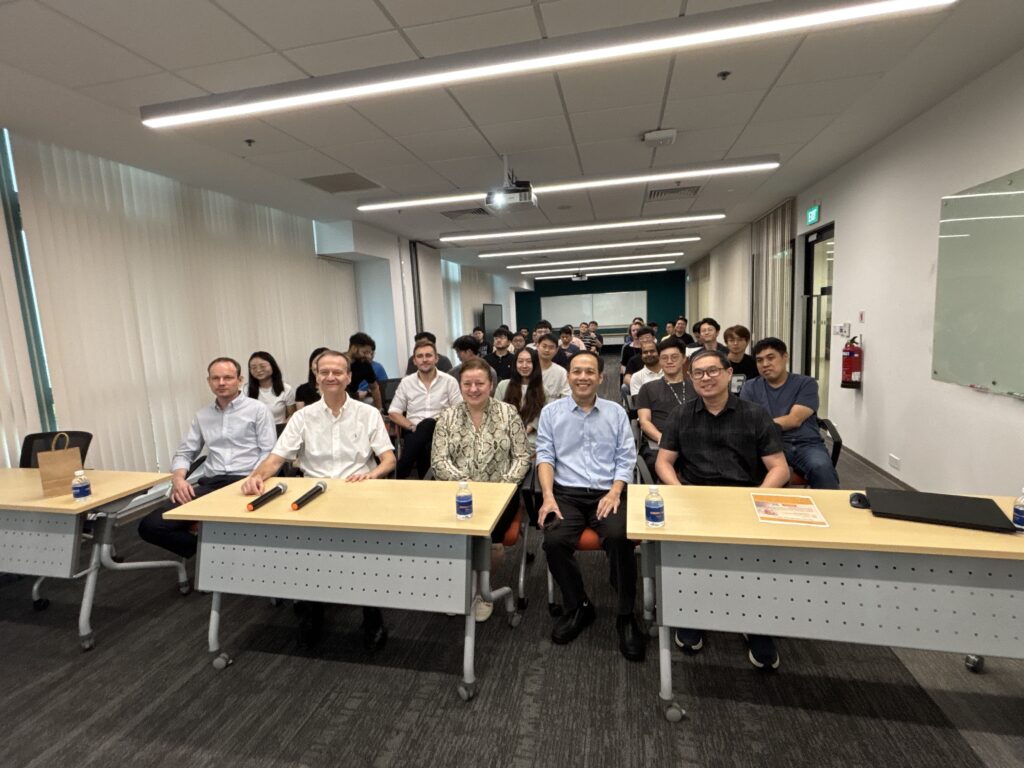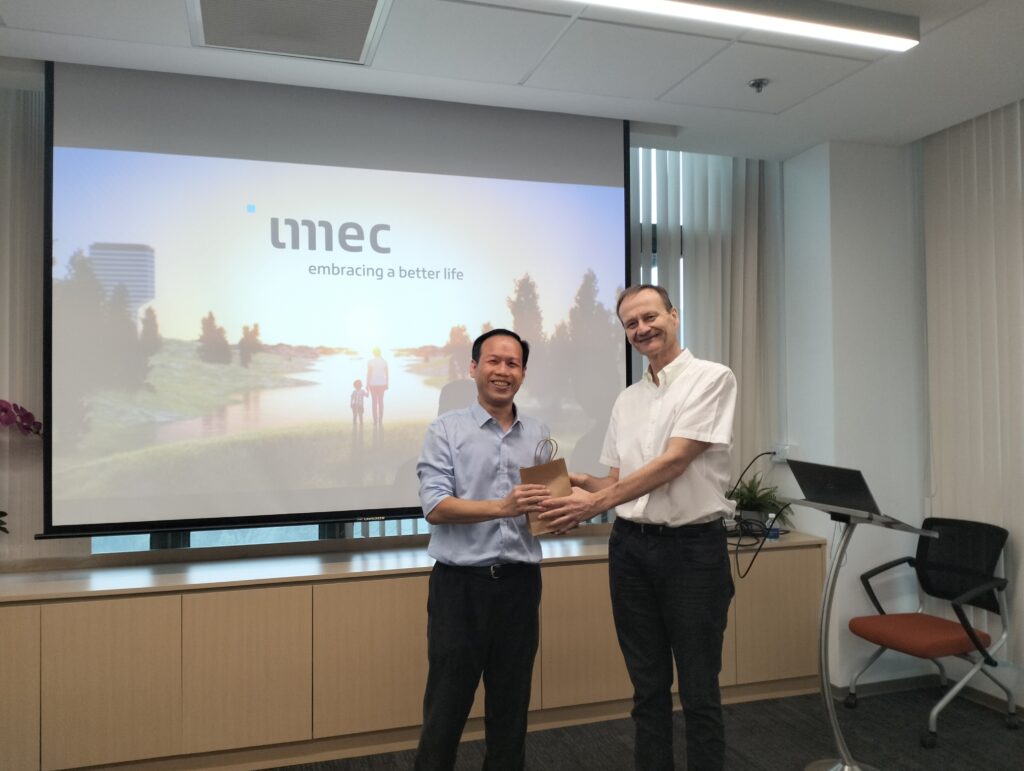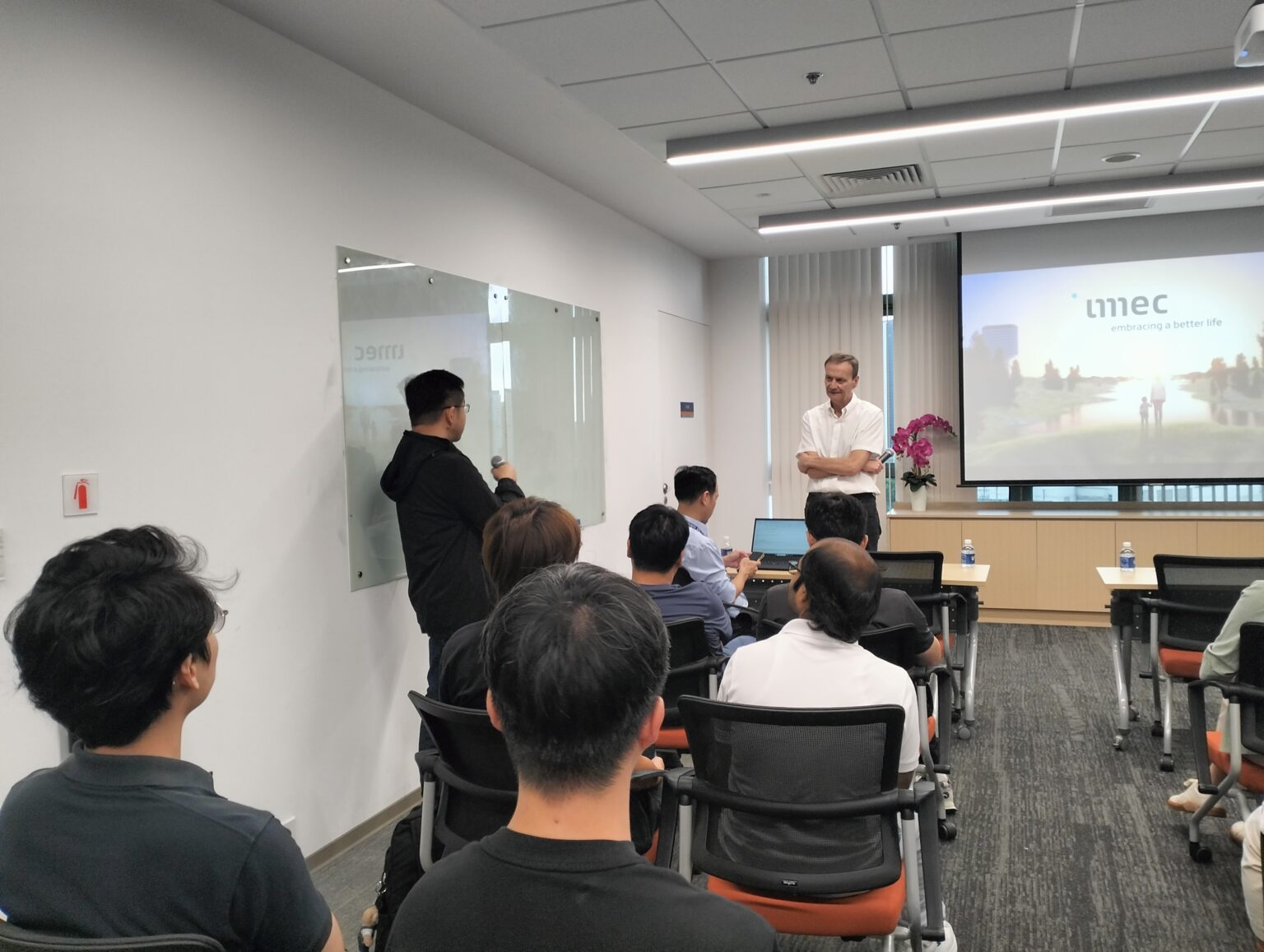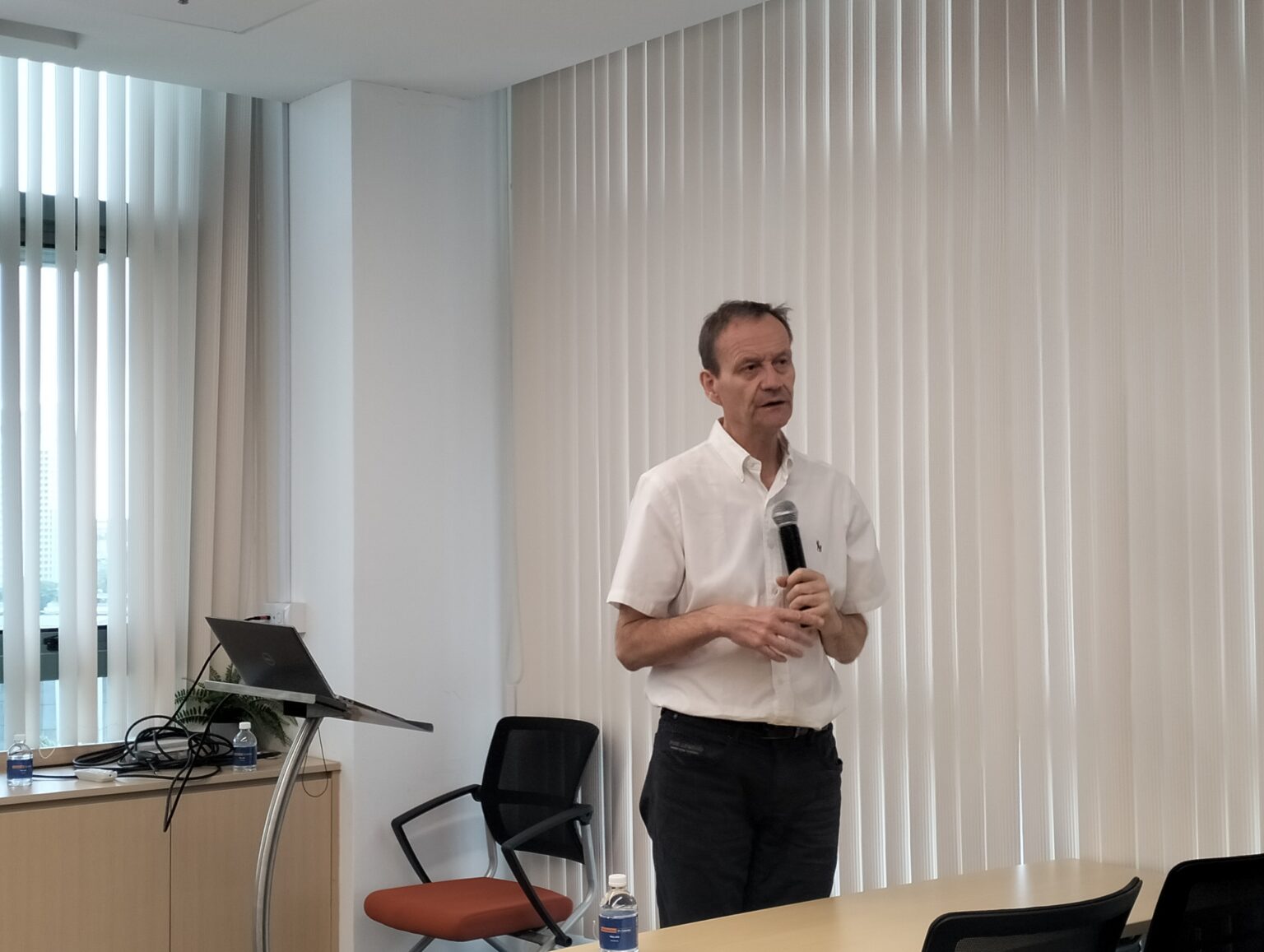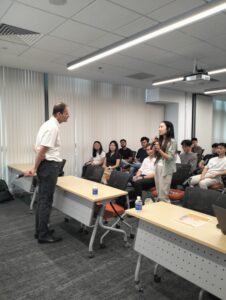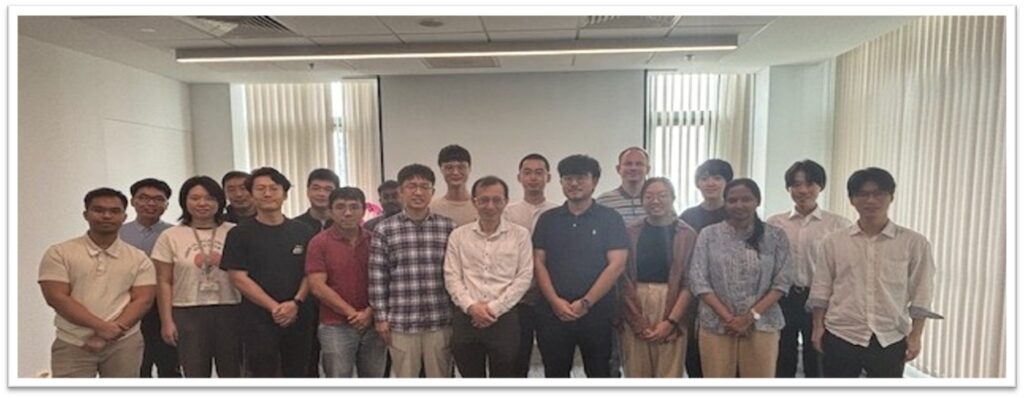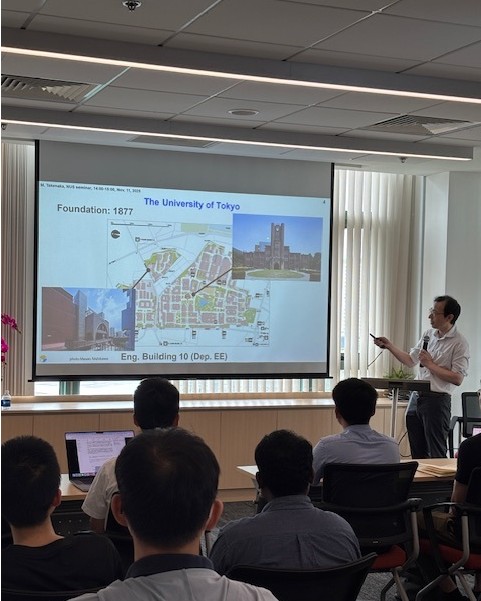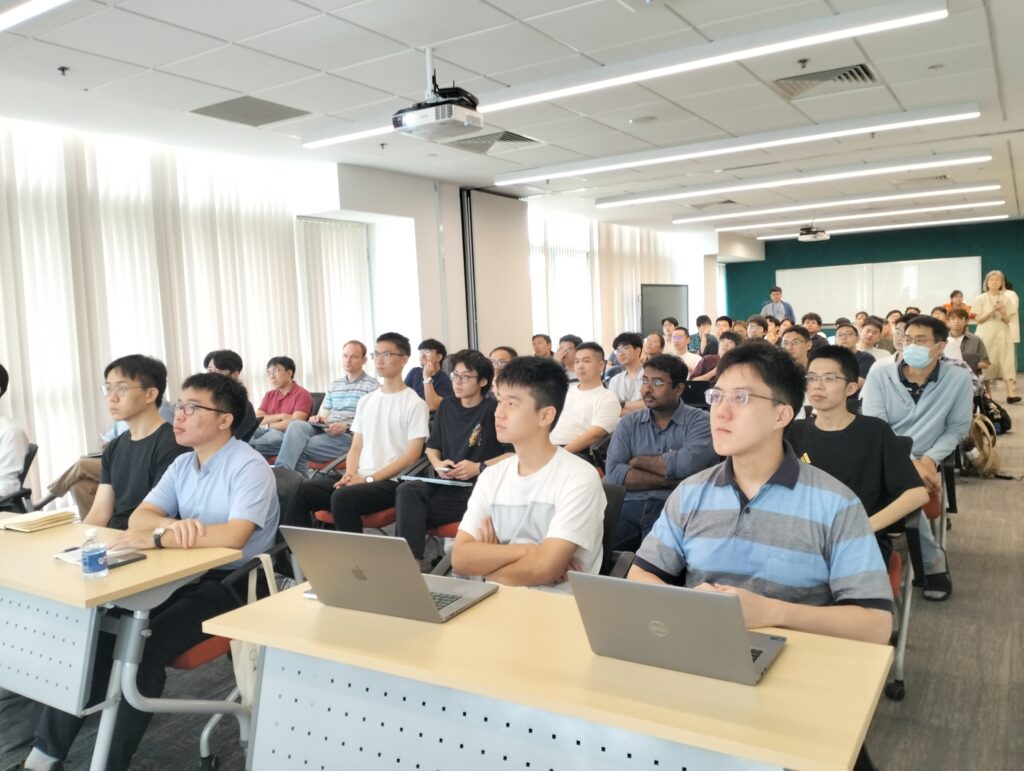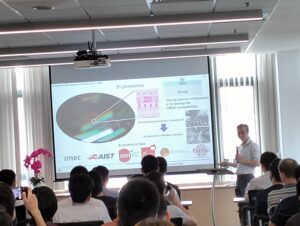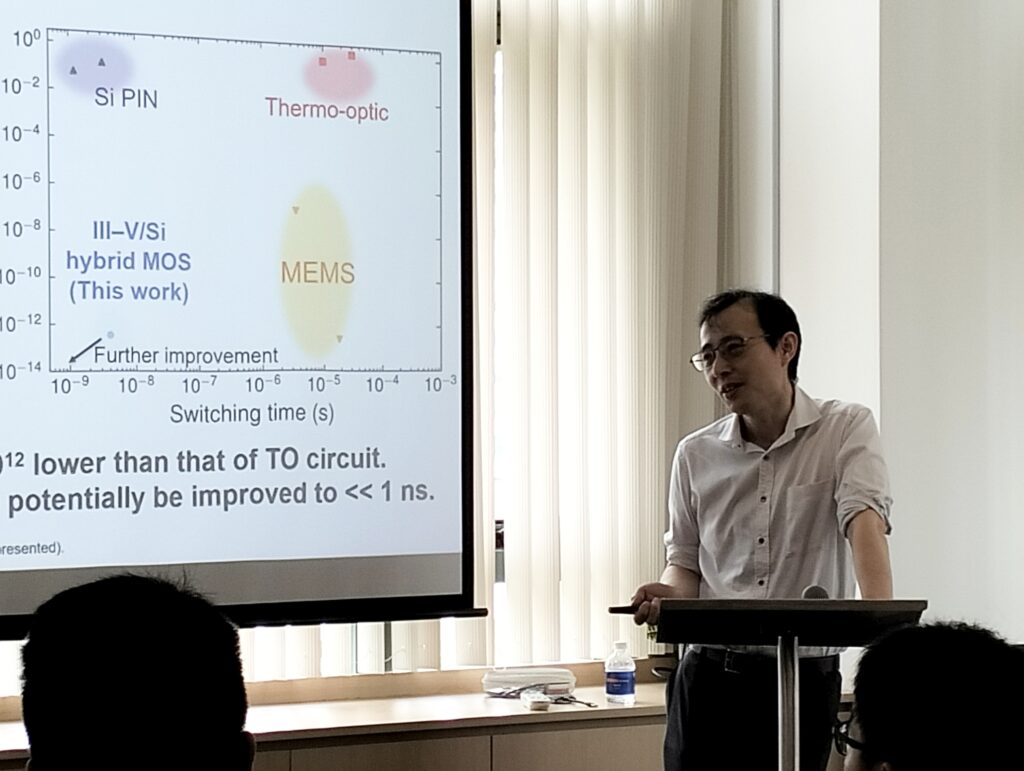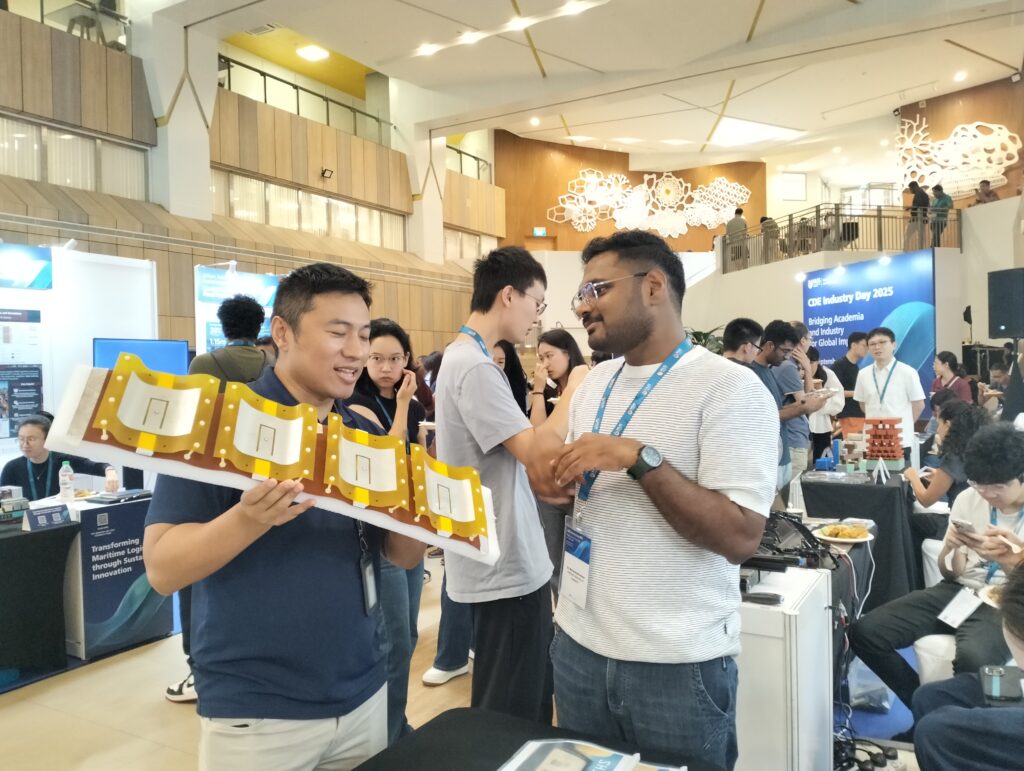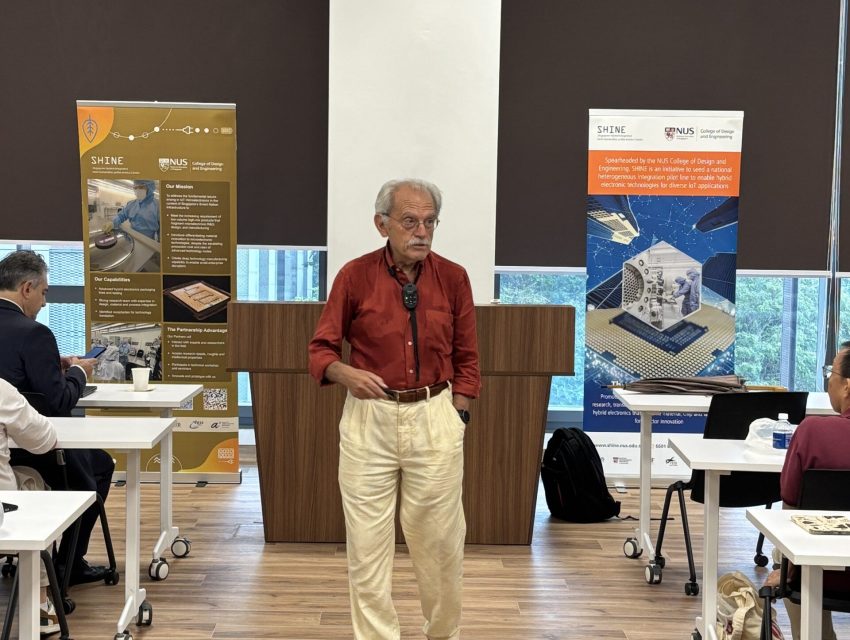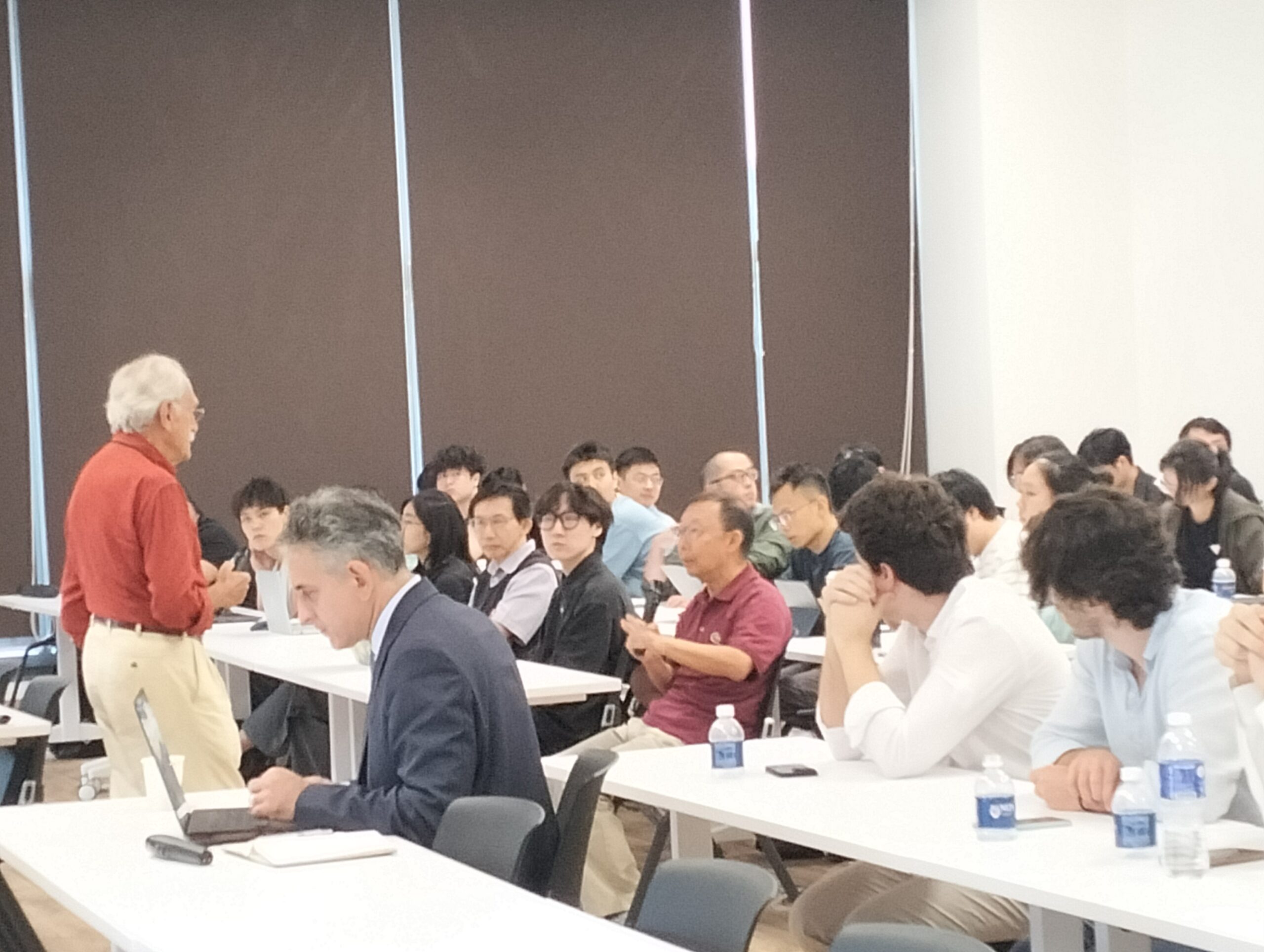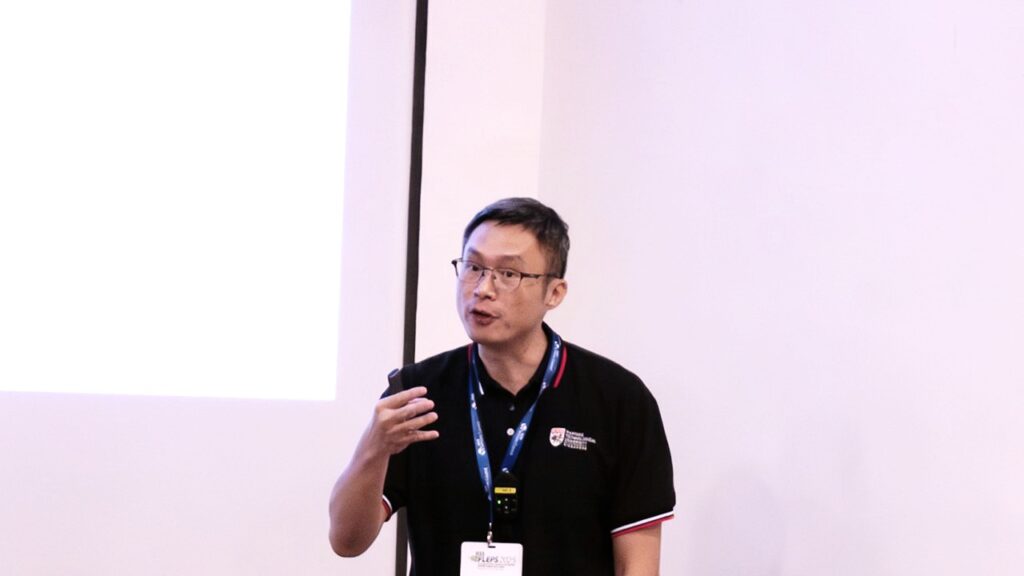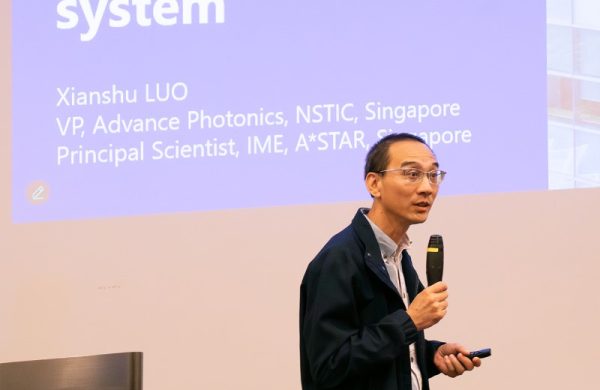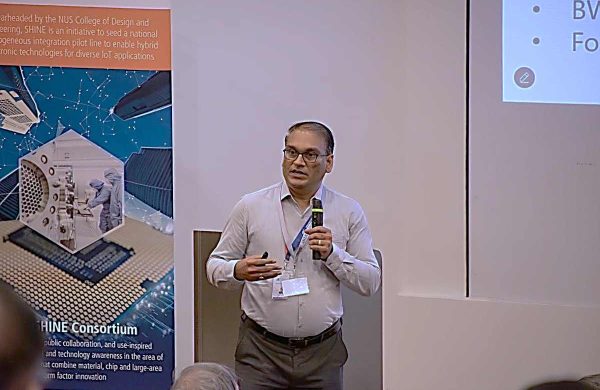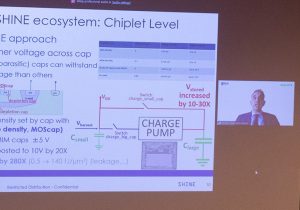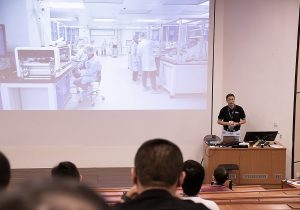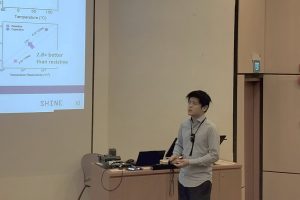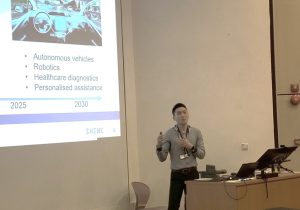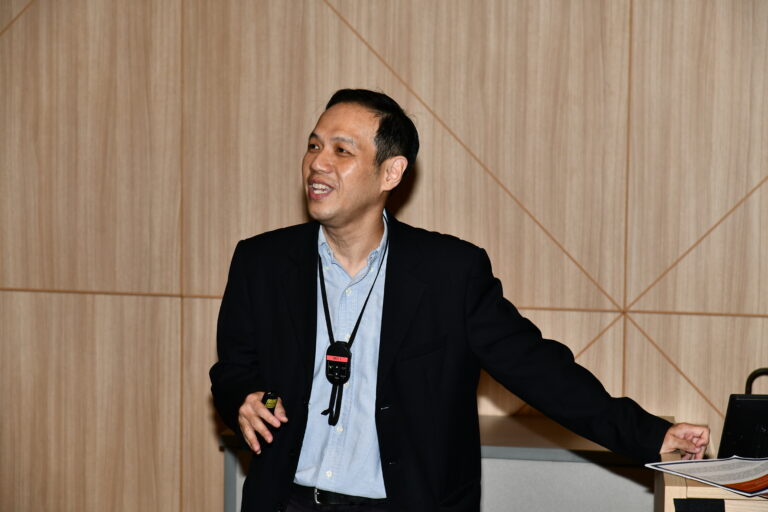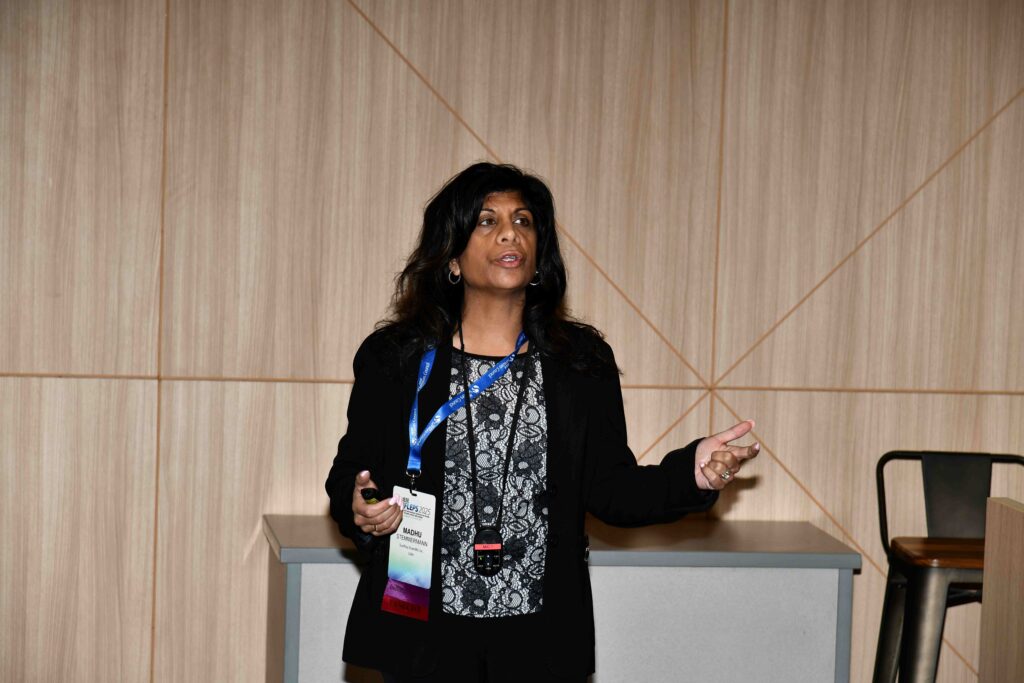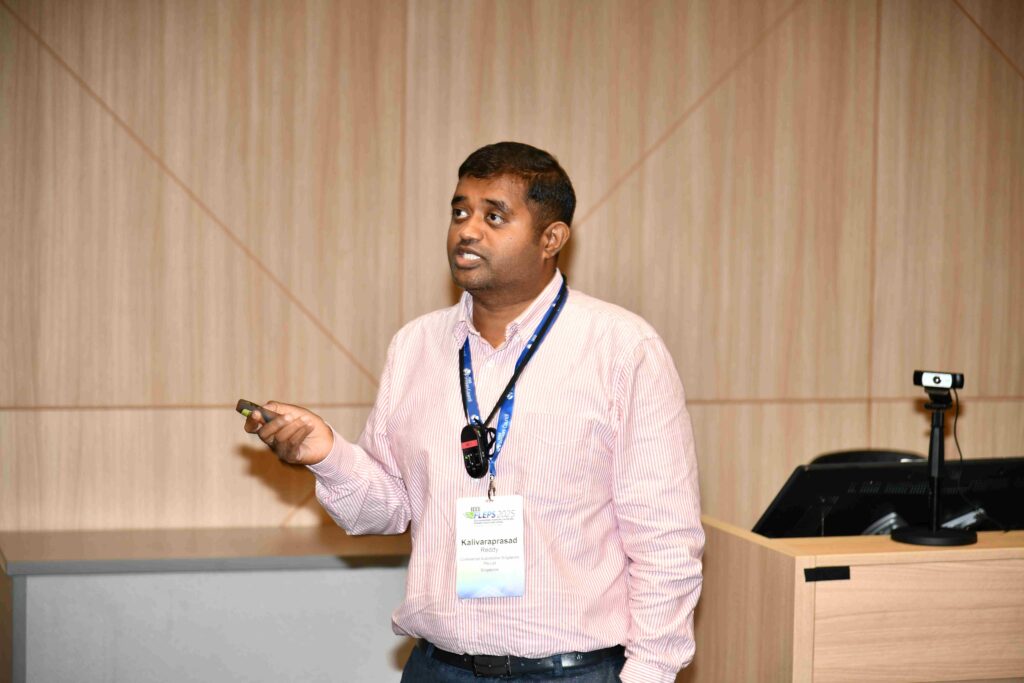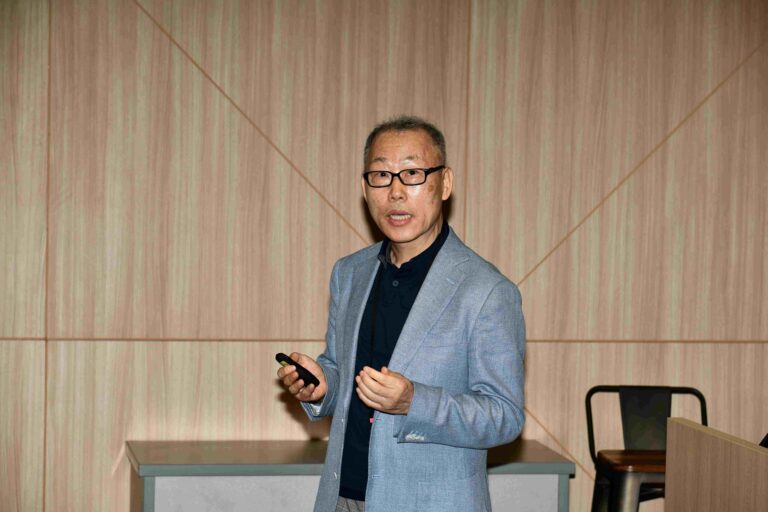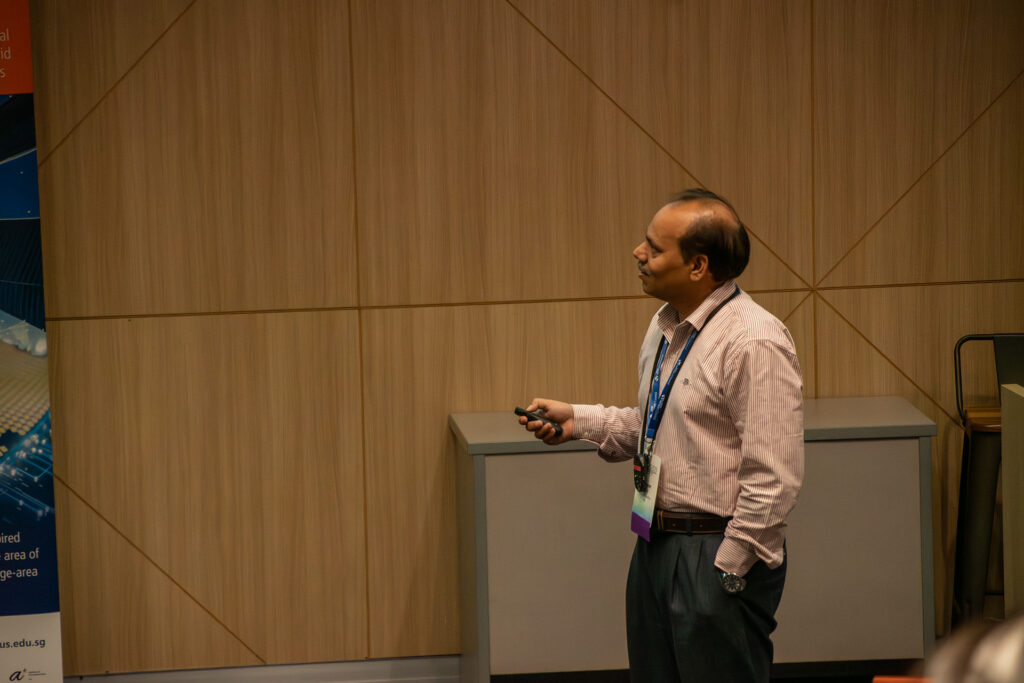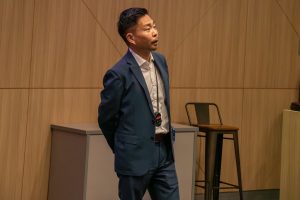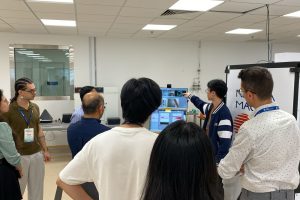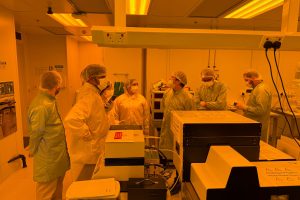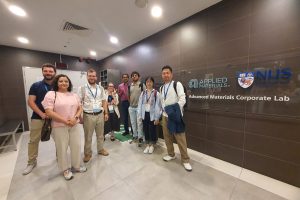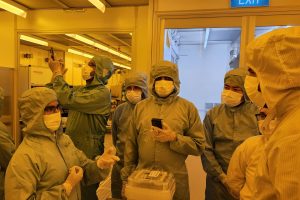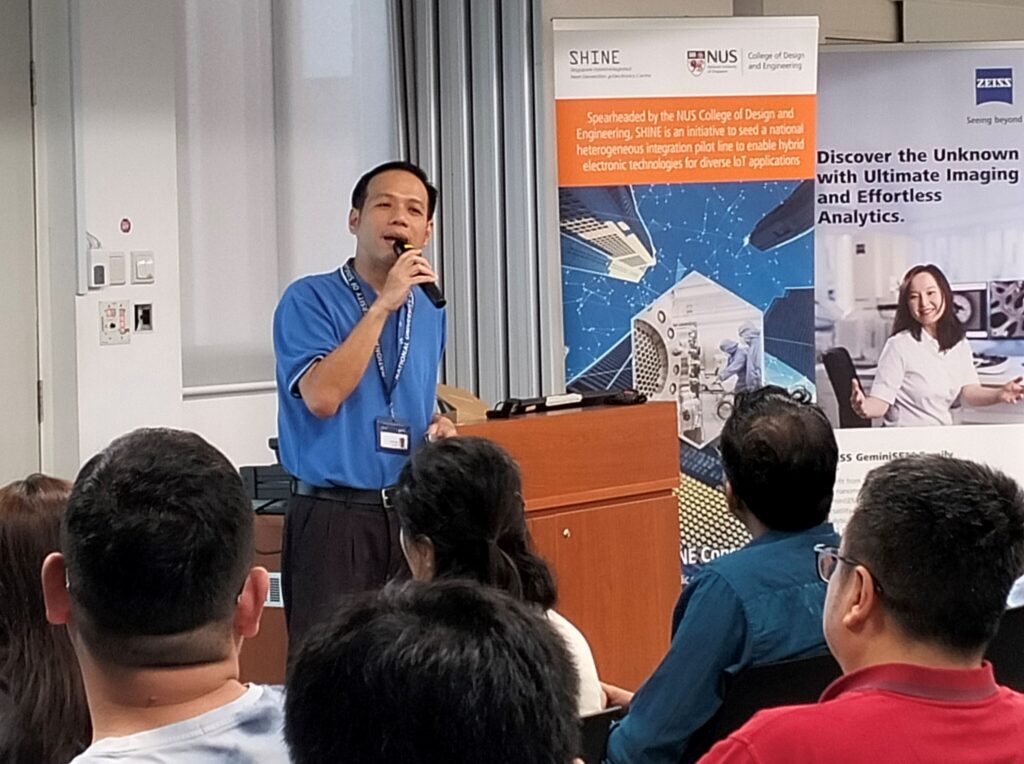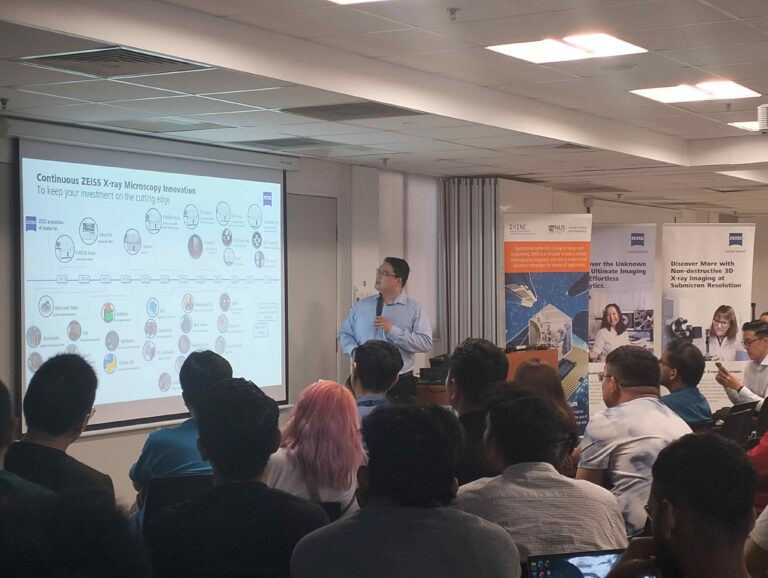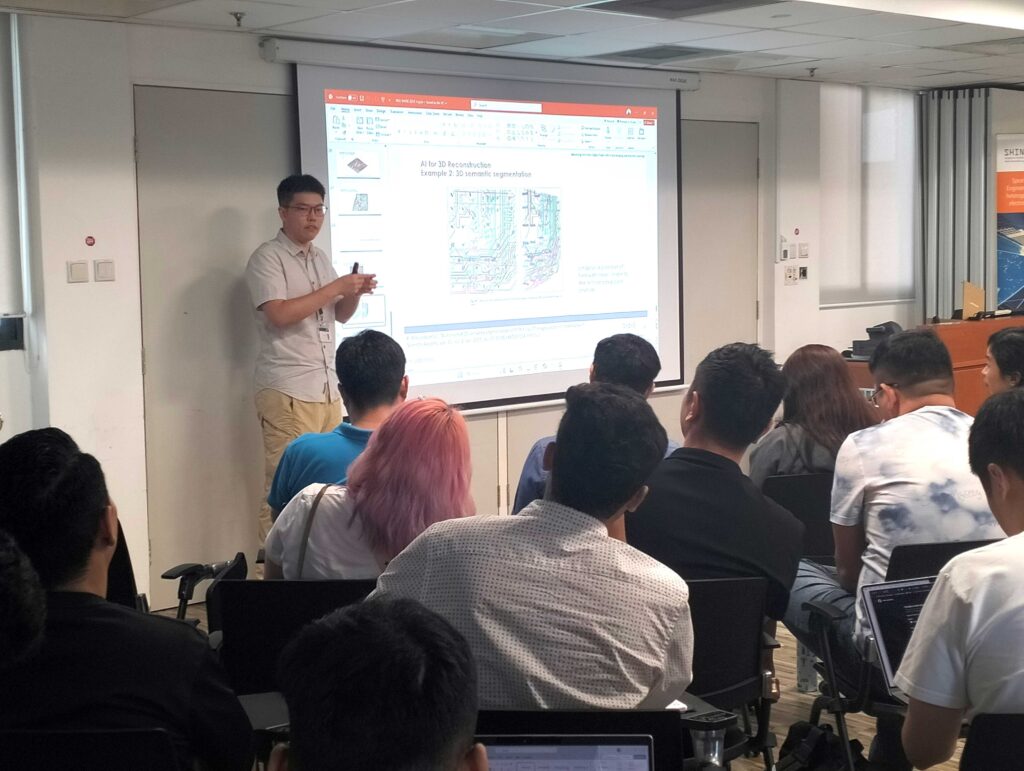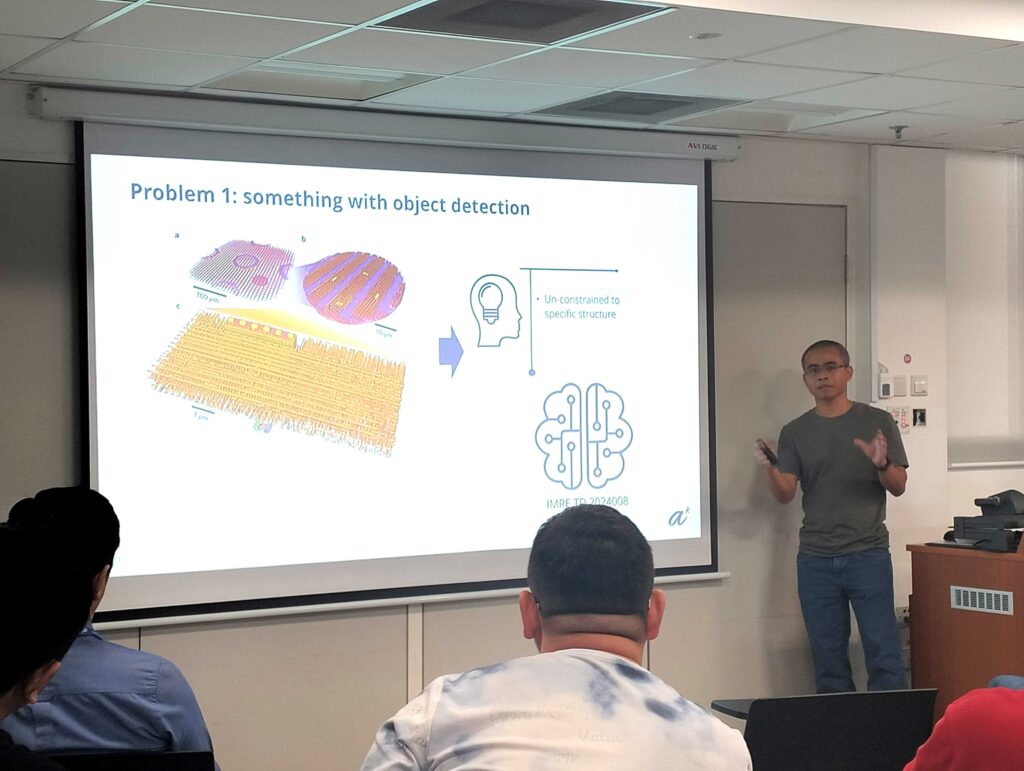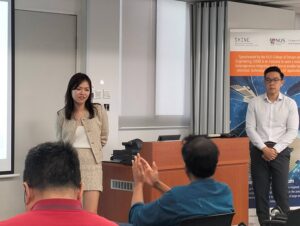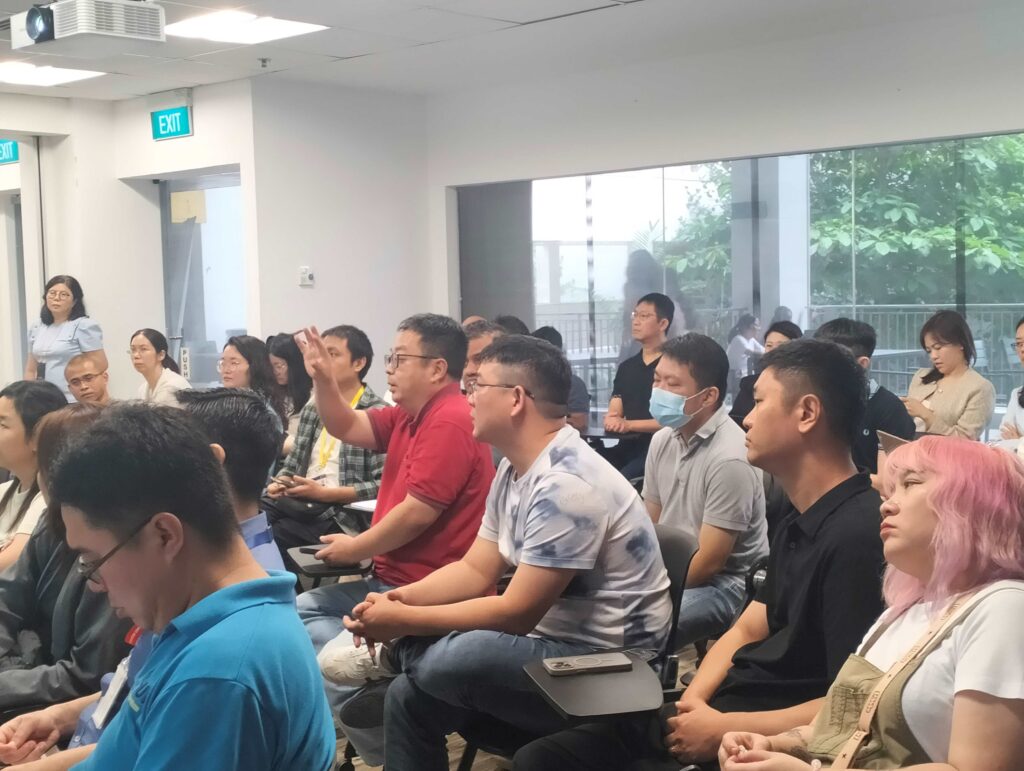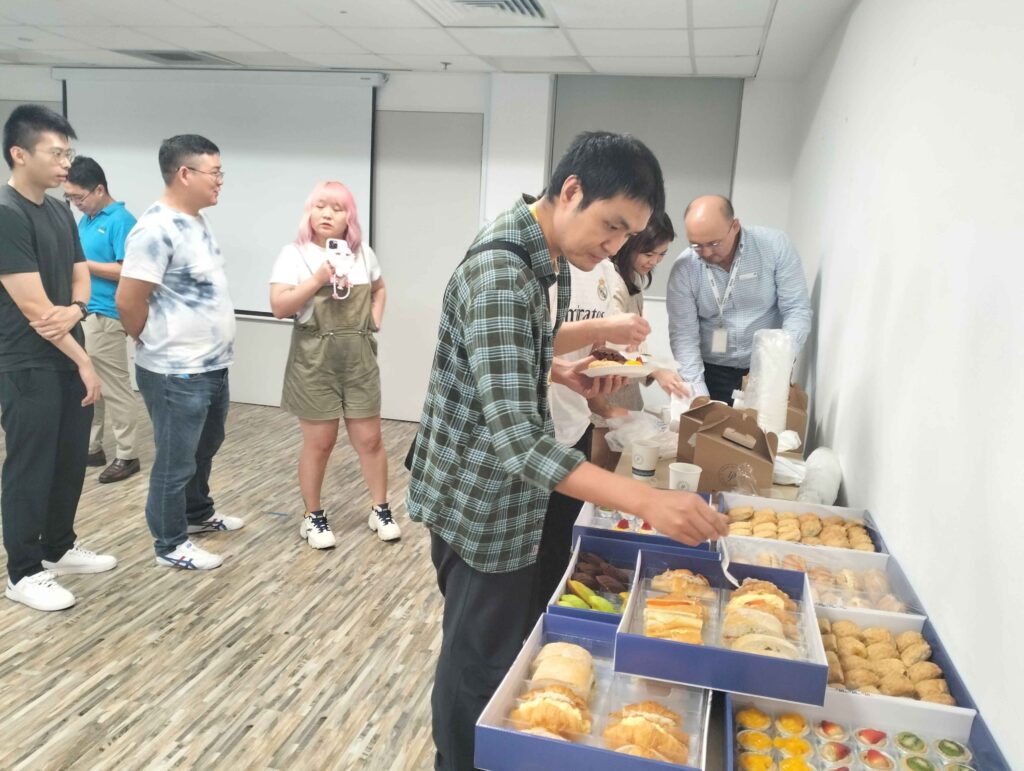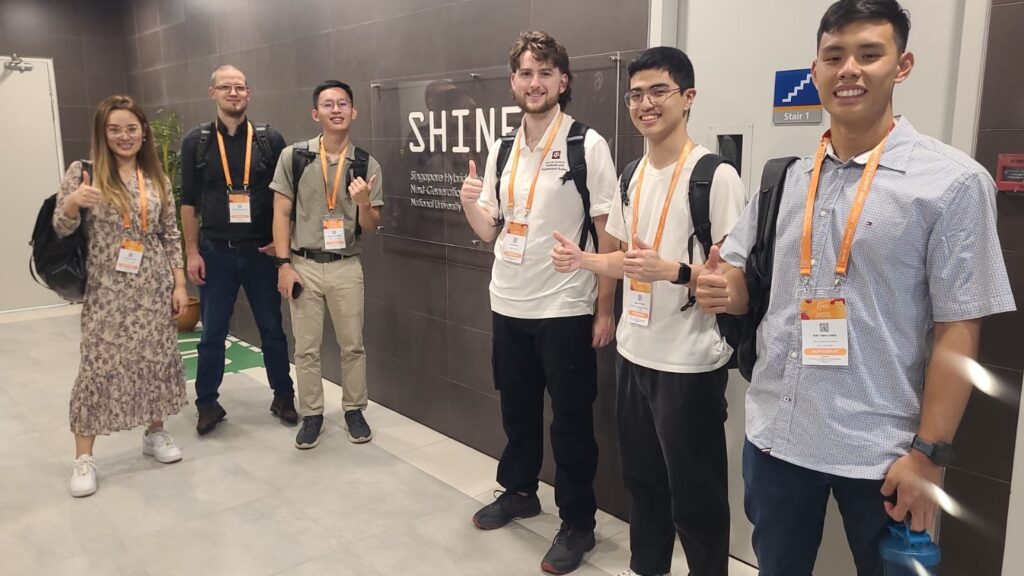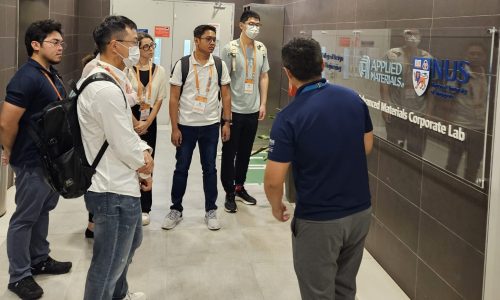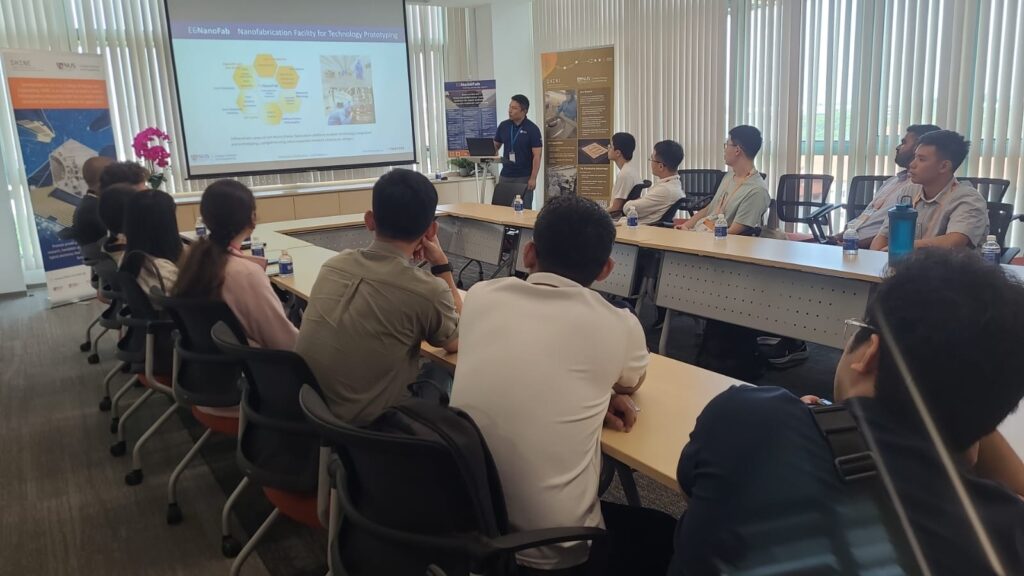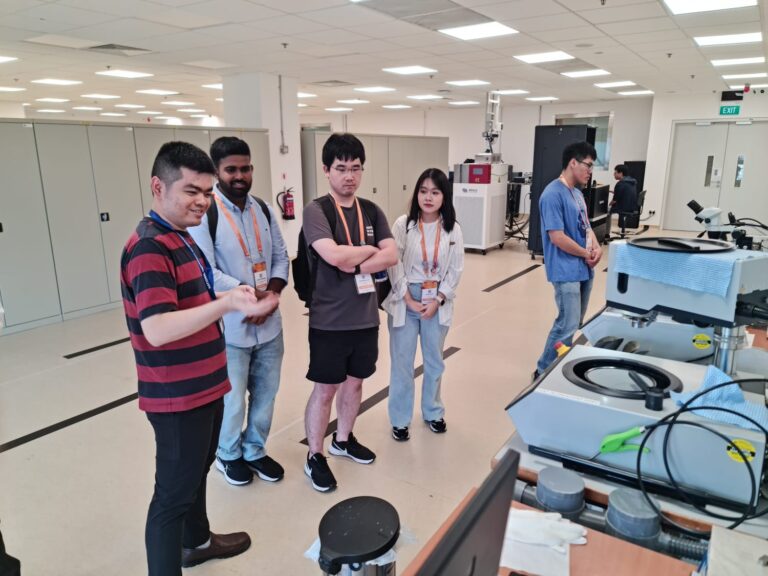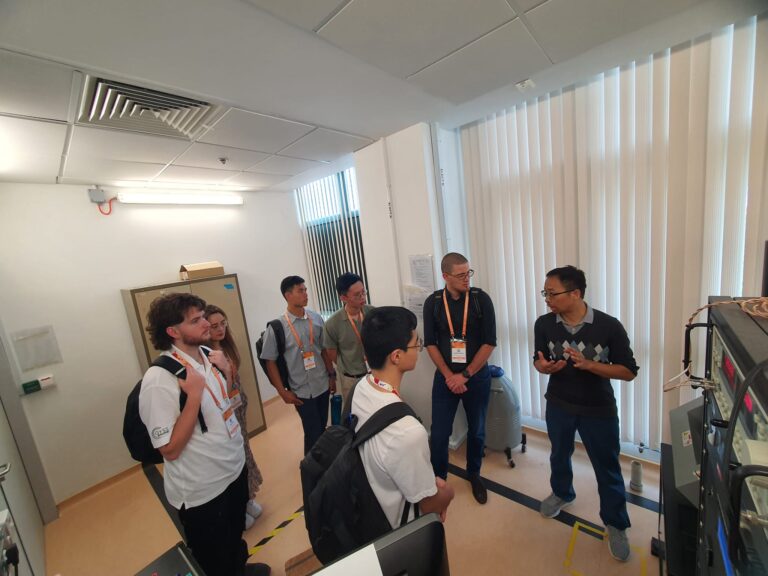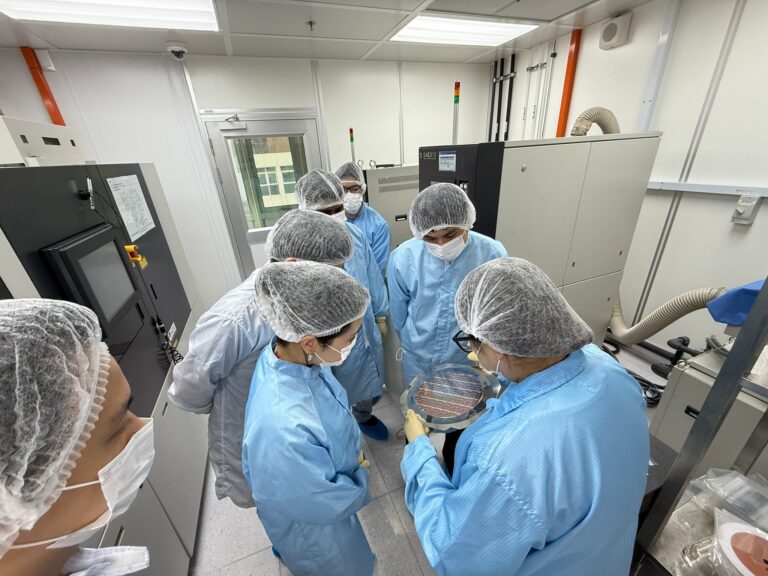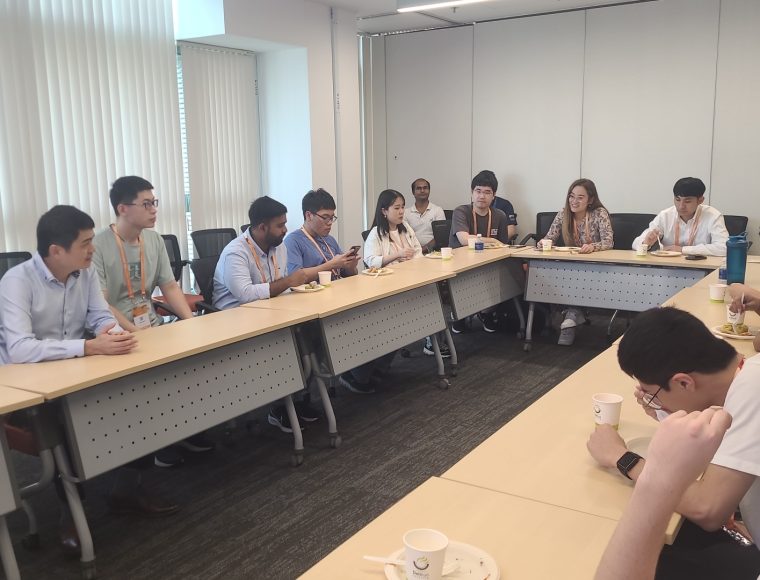Exclusive NUS Talk: imec CTO Live
Date: 14 Nov 2025
Time: 1:45 pm to 3:00 pm
Venue: NUS, Block 6, #06-02 Eureka Seminar Room, 5 Engineering Drive 1, Singapore 11764
SHINE Management gratefully acknowledges Dr. Paul Heremans for his intellectually enriching and forward-looking contribution to the “Exclusive NUS Talk: imec CTO Live” on 14 November 2025. His insights offered a comprehensive perspective on emerging trends and future directions in semiconductor and photonic technologies.
The session explored the future of these technologies through the lens of imec, the world’s largest independent research and innovation centre for nanoelectronics and digital technology. Founded in 1984, imec is a global leader in nanoelectronics, widely recognized as the “chip lab of the world.” Its research advances smaller, faster, and more energy-efficient chips, addressing pressing global challenges such as climate change, healthcare, and food security. imec’s innovations impact diverse sectors, including consumer electronics, healthcare, and energy systems.
In his seminar, Dr. Paul Heremans articulated imec’s strategic vision and highlighted key research directions including:
- Core semiconductor technologies for next-generation process nodes
- Silicon photonics for quantum computing and photonic control of neutral atoms, ions, and NV centres
- Pixel-level innovations enabling advanced hyperspectral imaging
- Key Technology Themes for Compute Systems
- imec’s strong connection with the academic world nurtures innovative excellence
Participants gained a deeper understanding of major technological challenges, emerging trends, and practical implications for both academia and industry. The seminar concluded with a dynamic Q&A session, reflecting attendees’ engagement and curiosity, underscoring the ongoing relevance and impact of imec’s research in shaping the future of technology.
